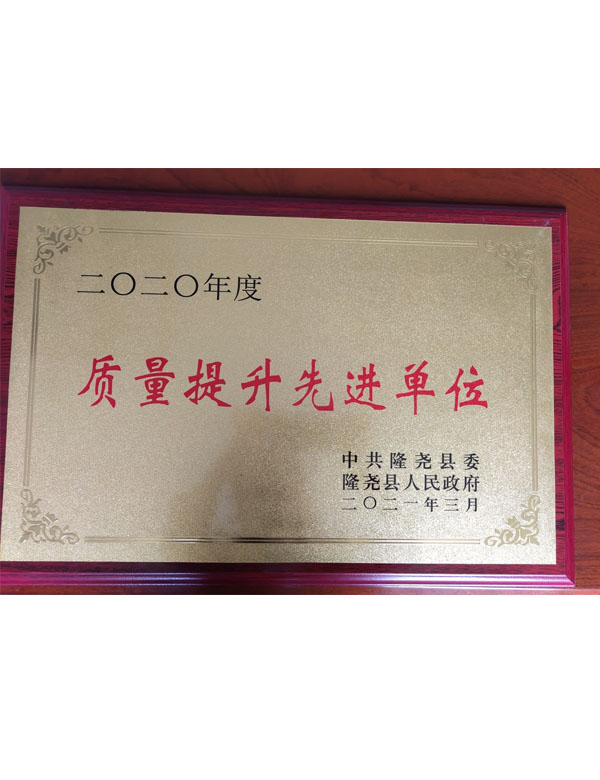يوليو . 10, 2024 20:55
Back to list
Difference between flocculant and coagulant in water treatment processes and their efficacy.
Flocculant vs Coagulant Understanding the Difference
In the world of water treatment, two key substances play a vital role in the process of purification flocculants and coagulants. While these terms are often used interchangeably, they actually serve different functions in the treatment of water.
Flocculants are chemicals that are used to aggregate and settle suspended particles in water. They work by causing the particles to clump together, forming larger, heavier particles that are easier to remove. Flocculants are typically added to water in small amounts and are effective at removing fine particles that may not settle quickly on their own.
Coagulants, on the other hand, are chemicals that are used to destabilize suspended particles in water so that they can come together and form larger, more easily removable flocs. Coagulants work by neutralizing the charges on the particles, allowing them to attract each other and form larger aggregates. Coagulants are usually added to water in larger doses than flocculants and are especially effective at removing colloidal particles.
While both flocculants and coagulants help to clarify water by removing suspended solids, they are used at different stages of the water treatment process

flocculant vs coagulant . Coagulants are typically added first, to neutralize charges and cause particles to come together. Flocculants are then added to help the larger particles settle out of the water more quickly and efficiently. In some cases, a single substance may act as both a flocculant and a coagulant. These substances are known as coagulant aids and are used to enhance the performance of traditional coagulants by promoting the formation of larger flocs. It is important to remember that the effectiveness of flocculants and coagulants can vary depending on the specific characteristics of the water being treated. Factors such as the type and concentration of suspended particles, the pH of the water, and the presence of other contaminants can all influence the choice of flocculant or coagulant to use. In conclusion, while flocculants and coagulants both play important roles in the treatment of water, they serve different functions and are used at different stages of the purification process. By understanding the difference between these two substances and their respective roles, water treatment professionals can make more informed decisions about the most effective ways to clarify and purify water.

flocculant vs coagulant . Coagulants are typically added first, to neutralize charges and cause particles to come together. Flocculants are then added to help the larger particles settle out of the water more quickly and efficiently. In some cases, a single substance may act as both a flocculant and a coagulant. These substances are known as coagulant aids and are used to enhance the performance of traditional coagulants by promoting the formation of larger flocs. It is important to remember that the effectiveness of flocculants and coagulants can vary depending on the specific characteristics of the water being treated. Factors such as the type and concentration of suspended particles, the pH of the water, and the presence of other contaminants can all influence the choice of flocculant or coagulant to use. In conclusion, while flocculants and coagulants both play important roles in the treatment of water, they serve different functions and are used at different stages of the purification process. By understanding the difference between these two substances and their respective roles, water treatment professionals can make more informed decisions about the most effective ways to clarify and purify water.
Share
Latest news
-
Understanding Polycarboxylic Acids: Properties, Applications, and Future PotentialNewsJul.28,2025
-
Scale Inhibitor Explained: How to Protect Your System from Limescale and Hard Water DamageNewsJul.28,2025
-
Scale and Corrosion Inhibitors: Essential Chemicals for Industrial Water System ProtectionNewsJul.28,2025
-
Polyaspartic Acid: A Biodegradable Polymer for Sustainable ChemistryNewsJul.28,2025
-
Isothiazolinones: A Versatile Antimicrobial Class with Industrial Power and Regulatory ChallengesNewsJul.28,2025
-
A Deep Dive into 2-Phosphonobutane-1,2,4-Tricarboxylic Acid (PBTC)NewsJul.28,2025





